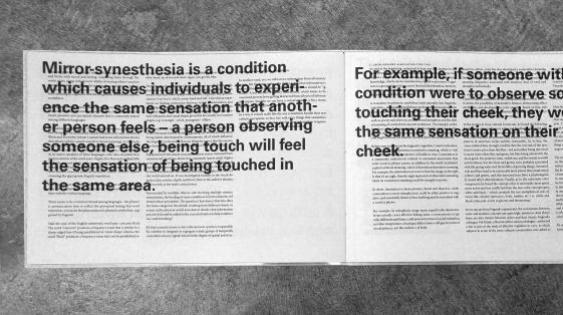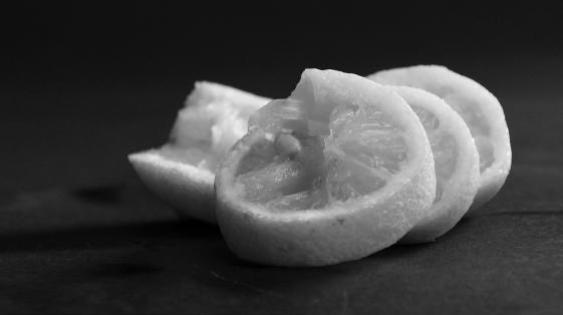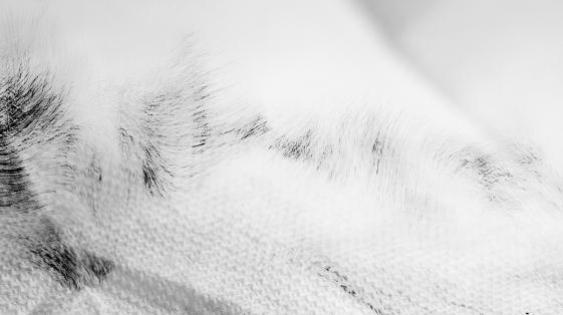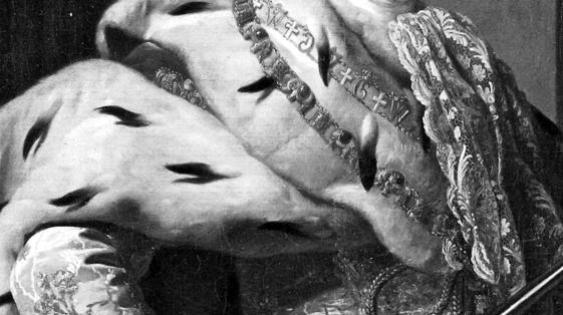Cross-Sensory Association and Its Impact on Creativity
Learning to play the piano was a bittersweet experience for me: I was drawn to the magical sound coming from my fingertips, but found the tedious practice of playing one song repetitively unbearable. Unlike most musicians, after playing musical scales over and over again, they somehow developed genders: the keys C, E, and G were clearly feminine, while D, F, and A seemed male. This weird gender definition still remains in my memory.
When we experience cross-sensory association and sensory fusion, we are able to connect unrelated objects. The metaphorical beauty and poetic mood created by these associations can be intoxicating. This suggests that we all share this ability to cross-associate, which can be instrumental in everyday perception and cognition. By gaining a better understanding of the way the senses operate and work together, we can hope to develop new possibilities for manipulating perception in order to create new approaches to creative production.
Surrounded by a multiplicity of objects and receiving multiple sensory stimulations, combining the senses enables us to perceive in coherent, valid, and robust ways. In my masters paper, I questioned the way the brain categorizes the stimuli caused by different objects or events in the physical world, and how it decides which information to add to help reinforce understanding.
I'm interested in the relationship between the senses. My assumption is that synesthesia is an enhanced level of cross-sensory association that everyone has but to a different degree, and those who have stronger perceptual associations might be defined as having synesthesia.
The term synesthesia denotes a condition in which stimulation in one sensory modality gives rise to an experience in another modality—this is what happens when one’s senses become mixed up. Rather than viewing synesthesia as a phenomenon in a special group of individuals whose “sensory wires are crossed,” my thesis paper asserts that synesthesia can be seen as a consciously elevated form of perception that everyone already has. Synesthetic ability can thus be perceived as innate, allowing us to perceive the world as unified.
The possibility that synesthetic artists and designers’ perception is heightened could be the reason that their work is different from that of the majority, and embodying “this extra” in their work may create stronger experiences and impressions for the audience.
I find that culture can have a strong impact on our cognition of the external world. At one point during the research, I almost mistook the association between color and words as an innate predisposition that’s close to a synesthetic experience. For example, it seemed natural that the Chinese character for “grass” would represent the color green to the degree that I could see the color vividly when reading the word.
I think the value of cross-sensory perception lies in its ability to serve as a tool that can help designers trigger and improve creativity by achieving artificial synesthetic effects. Considering it as a framework for enhancing creative thinking, artificial synesthetic experience —which can be considered a way of manipulating perception — may increase the viewer’s attention and yield new thought patterns, resulting in an ”escape” from current ways of thinking.
Each object that I incorporated originated with a single sense with which it is commonly related, e.g., lemon = taste; fur = touch; wood = sound; coffee = smell; typewriter = sight. My masters project—a multimedia projection about surveillance in contemporary society—incorporates multiple sensory inputs to strengthen its impact on the viewer.




